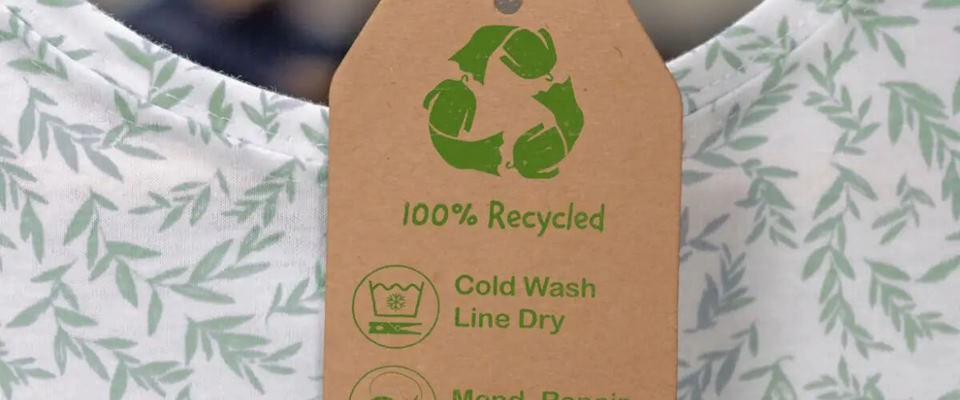Let’s begin by saying that fast fashion, with its ever-shifting trends, has profoundly shaped consumer habits. However, this seemingly convenient approach extracts a heavy toll on the planet and its inhabitants. The traditional fashion model is proving to be unsustainable, as it involves vast quantities of water in textile production, generates chemical pollution, and creates massive amounts of waste.
How can fashion be more sustainable?
Eco-friendly Manufacturing
Techniques that save water, like closed-loop water systems and the use of renewable energy sources, significantly reduce the environmental footprint of textile production. Managing chemicals effectively by reducing or eliminating harmful substances used in dyeing, finishing, and treating fabrics protects both the environment and the health of workers and consumers alike.
Materials
Organic and natural fibers are increasingly favored because they reduce reliance on synthetic fibers derived from petroleum and contribute significantly to pollution. Moreover, recycled materials, such as polyester crafted from plastic bottles, play a pivotal role in waste reduction and diminishing the demand for virgin resources. Innovative materials are also making their mark; lab-grown leather and fabrics created from agricultural waste offer promising alternatives to traditional textiles, pushing the boundaries of eco-friendly fabric production.

Waste Reduction
Zero-waste design techniques focus on minimizing fabric waste during production by using pattern-making methods that utilize every piece of fabric. Upcycling and recycling practices involve creating new products from old garments and textiles, thereby extending the life cycle of materials. Promoting a circular economy, where garments are designed for reuse, repair, and recycling rather than disposal, is essential for minimizing waste.
Sustainable Consumption
The slow fashion movement promotes purchasing fewer, and preferring durable items of higher quality, challenging the fast fashion culture of rapid turnover and disposable garments. By patronizing thrift stores, consignment shops, and online resale platforms, supporting the second-hand market reduces the need for new clothing production, thereby making sustainable fashion both accessible and economical.
Technological Innovations
Technological advancements offer new opportunities for sustainability in fashion. 3D printing and customization allow for clothing to be produced on demand, reducing overproduction and excess inventory. Blockchain technology enhances transparency and traceability in the supply chain, enabling consumers to verify the sustainability of their purchases and encouraging brands to maintain ethical standards.




